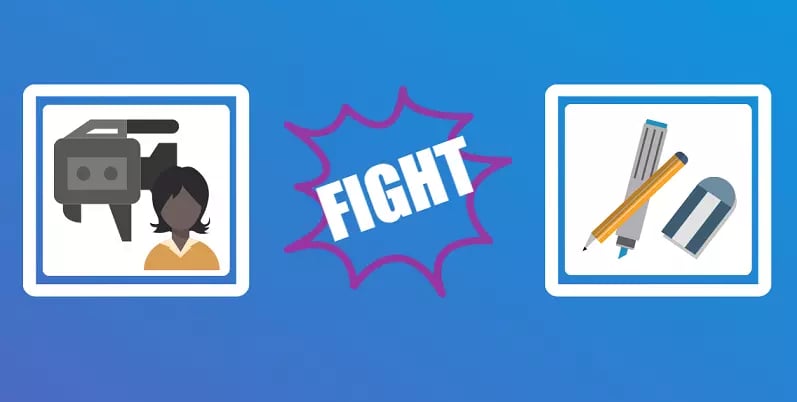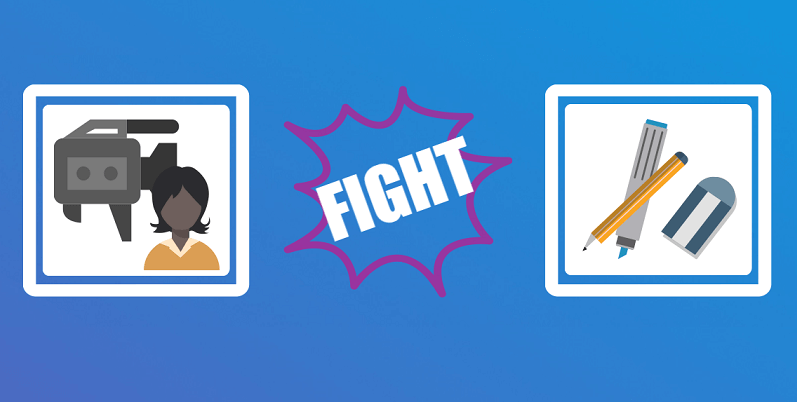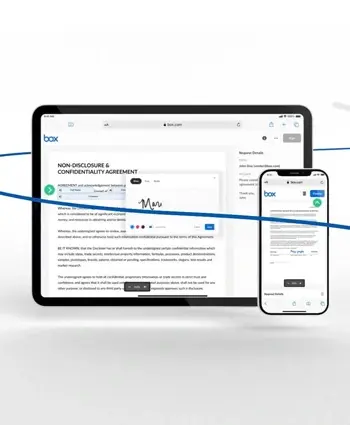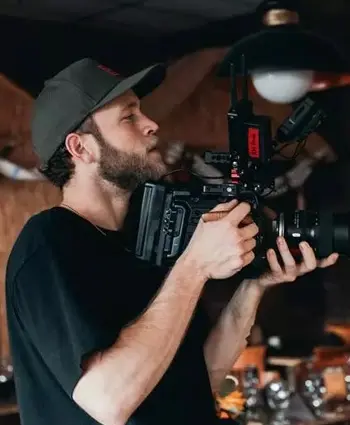
The Battle of Live Action vs Animation [Infographic]
Live action vs animation is a classic rivalry. Check out our infographic for the strengths and weaknesses of each approach in your corporate video.
 It can be one of the hardest choices to make when producing a video. Should you pick live action or animation? And what exactly is the difference?
It can be one of the hardest choices to make when producing a video. Should you pick live action or animation? And what exactly is the difference?
Although you should have already done some research into your audience and their preferences in preparation for creating your video, you may not be aware of the respective strengths and weaknesses of animated video production and live action.
To help you decide between the two, take a look at the infographic below for our round-up of the battle between both styles of video.

Keep in mind your budget and deadline, as well as all the other factors mentioned above, and you should have an easier time choosing between live action and animation in your next corporate video. If you're still feeling stuck, don't forget that you can get the best of both worlds by incorporating both live action video and animated graphics!
 Download our Video BriefING Template
Download our Video BriefING Template
Kickstart your latest video project with our simple video briefing template.
Learn how to lay out your video brief properly and ensure your videos are produced simply & effectively. It comes with examples too!
Written by Lydia Cockerham Copywriter for Venture Videos — a full-service video production agency that specialises in producing creative videos & campaigns that get real results.

![How to Write a Video Brief in 7 Easy Steps [Free Video Briefing Template]](https://www.venturevideos.com/hubfs/Download%20images/video%20production%20brief%20template%20optimised.webp)



